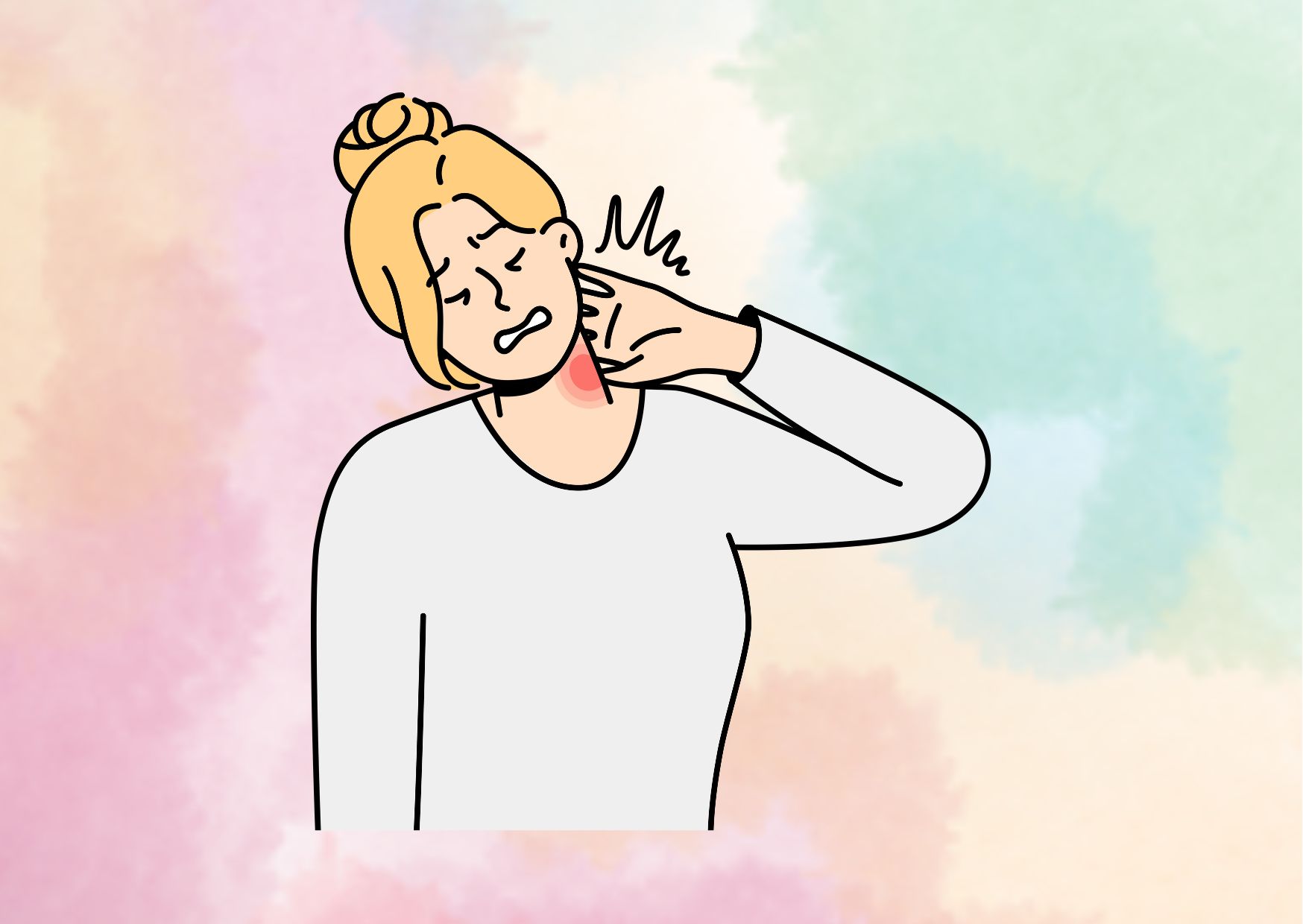Cervicalgia and Mental Health: How to Alleviate Neck Pain
Neck pain, medically known as cervicalgia, is a common ailment that affects millions of people worldwide. This condition can range from a mild discomfort to a debilitating issue, having an impact on daily activities and quality of life. Cervicalgia encompasses a variety of symptoms, including stiffness, soreness, and restricted movement in the neck area, often extending to the shoulders and upper back.
Understanding the causes, symptoms, and effective treatments for cervicalgia is crucial to alleviate neck pain and improve overall well-being. This article delves into the various aspects of cervicalgia, exploring its potential causes, diagnostic methods, and a range of treatment options. From conservative approaches and physical therapy exercises to alternative therapies and lifestyle modifications, readers will gain insights into managing and preventing cervicalgia. Additionally, it provides guidance on when to seek medical attention, empowering individuals to make informed decisions about their neck health.
Understanding Cervicalgia: Causes and Symptoms
Cervicalgia, or neck pain, is a multifaceted condition with various underlying causes and associated symptoms. It is a prevalent issue in modern society, affecting a significant portion of the population. To effectively manage and alleviate neck pain, it is crucial to understand its origins and manifestations.
Common Causes of Neck Pain
Neck pain can arise from a variety of factors, including:
- Aging: As we age, natural wear and tear can cause deterioration of the cervical spine, leading to conditions like osteoarthritis and spinal stenosis, which can contribute to neck pain.
- Physical Strain: Overuse or repetitive strain on the neck muscles during activities, poor posture, weak abdominal muscles, and excess body weight can affect spinal alignment and lead to neck pain.
- Mental Stress: Tightening neck muscles due to stress or agitation can result in stiffness and pain.
- Injury: Trauma or injuries, such as whiplash from automobile accidents, can damage muscles, ligaments, disks, vertebral joints, and nerve roots in the spinal cord, causing neck pain.
- Growths: Masses like tumors, cysts, and bone spurs can put pressure on the nerves in the neck, leading to pain.
- Other Health Conditions: Neck pain can be a symptom of various health conditions, including meningitis, rheumatoid arthritis, and cancer.
Recognizing Cervicalgia Symptoms
The symptoms of cervicalgia can vary in intensity and presentation. Some common symptoms include:
- Persistent ache or stabbing/burning pain in the neck area
- Shooting pain that radiates from the neck to the shoulders or arms
- Headaches
- Stiffness in the neck, shoulders, and upper back
- Inability to turn the neck or tilt the head
- Numbness or tingling sensation (pins and needles) in the shoulders or arms
Risk Factors for Developing Cervicalgia
While neck pain can affect individuals of any age, certain factors may increase the risk of developing cervicalgia:
- Advanced age
- Being female or assigned female at birth
- Low social support
- History of neck or lower back pain
- Autoimmune diseases like rheumatoid arthritis, multiple sclerosis, and systemic lupus erythematosus
- Aging-related changes in the normal anatomy of the cervical spine
By understanding the causes, symptoms, and risk factors associated with cervicalgia, individuals can take proactive steps to prevent or manage neck pain effectively.
Diagnosing Cervicalgia
Medical history and physical examination
Before any diagnostic testing takes place, your doctor will obtain your comprehensive medical history and perform a thorough physical examination. This initial evaluation plays a crucial role in determining the appropriate diagnostic approach for your cervicalgia.
During the medical history, your doctor will inquire about the onset and duration of your neck pain, whether it was caused by a specific trauma or has been progressive. They will also ask about activities that exacerbate or alleviate the pain, as well as any additional symptoms you may be experiencing, such as numbness, tingling, or weakness. Your doctor will want to know if you have a history of any other medical conditions or changes in your overall health that could be contributing factors.
The physical examination involves a comprehensive evaluation of your neck, back, and overall physical condition. Your doctor will check for any deformities, areas of tenderness, or changes in range of motion in your neck and back. They will also assess your reflexes, strength, and sensation in different areas of your body to identify any potential neurological involvement.
Imaging tests for cervicalgia
If your neck pain has persisted for an extended period or if your doctor has any concerns after reviewing your medical history and conducting the physical examination, imaging studies may be recommended. The three most common imaging modalities used in diagnosing cervicalgia are:
- X-ray: This basic imaging technique can help identify structural abnormalities in the bones and joints of the cervical spine.
- Computerized Tomography (CT) scan: A CT scan provides detailed cross-sectional images of the cervical spine, allowing your doctor to visualize the bones, disks, and surrounding structures with greater clarity.
- Magnetic Resonance Imaging (MRI): An MRI is particularly useful in detecting soft tissue abnormalities, such as disk herniations, spinal cord compression, or nerve root impingement, which can contribute to cervicalgia.
It’s important to note that while advanced imaging techniques can be highly informative, they may not always provide a definitive diagnosis. In some cases, anatomical alterations identified on imaging may not be the actual source of your neck pain. This is why choosing an experienced physician who specializes in spine conditions is crucial for obtaining an accurate diagnosis and appropriate treatment plan.
Differential diagnosis
Cervicalgia can share symptoms with various other conditions, and your doctor may need to rule out alternative diagnoses through a process known as differential diagnosis. Some potential differential diagnoses for neck pain include:
- Cervical radiculopathy (pinched nerve in the neck)
- Cervical myelopathy (spinal cord compression)
- Cervical osteoarthritis
- Inflammatory rheumatologic diseases (e.g., rheumatoid arthritis)
- Infections or osteomyelitis (bone infection)
- Tumors or malignancies of the cervical spine
- Vascular abnormalities of the cervical structures
- Referred pain from cardiothoracic structures
- Psychogenic pain disorders or malingering
By carefully considering your medical history, physical examination findings, and diagnostic test results, your doctor can narrow down the potential causes of your neck pain and provide an accurate diagnosis, which is essential for developing an effective treatment plan.
Conservative Treatment Options
Conservative treatments for cervicalgia, or neck pain, are non-invasive approaches that can effectively alleviate symptoms and improve overall well-being. These methods are often the first line of defense against neck pain and can be implemented before considering more aggressive interventions.

